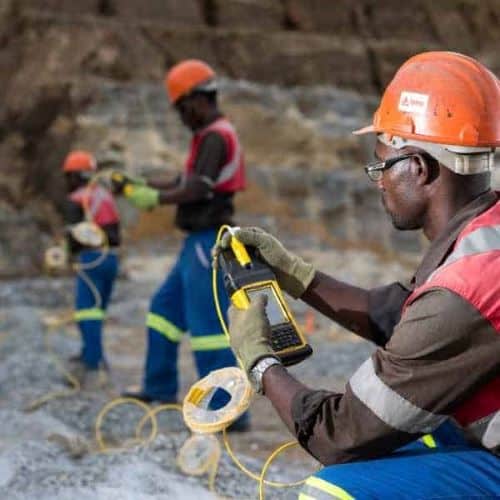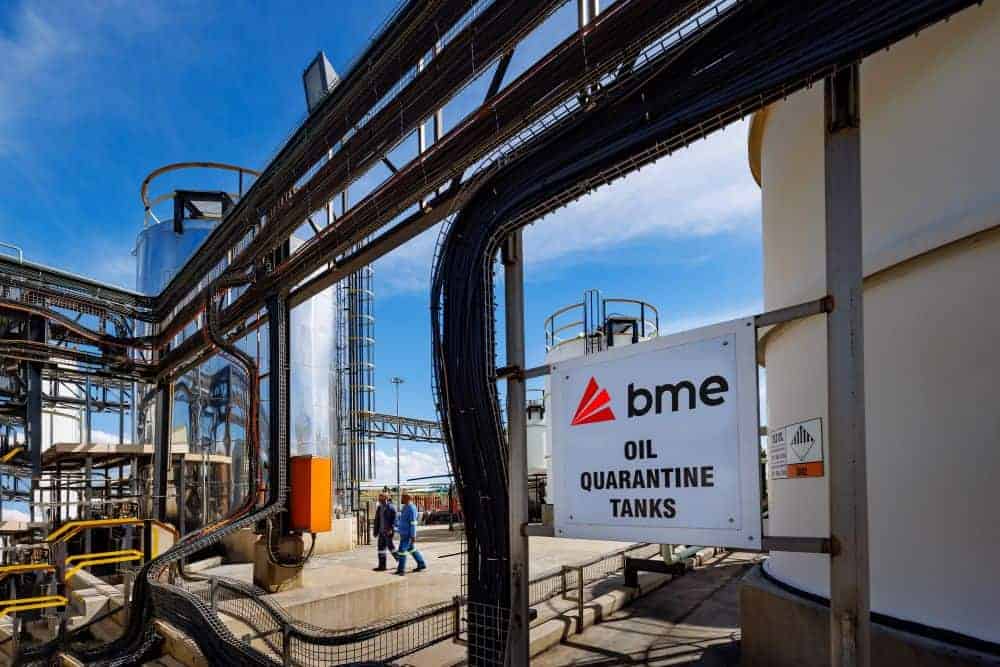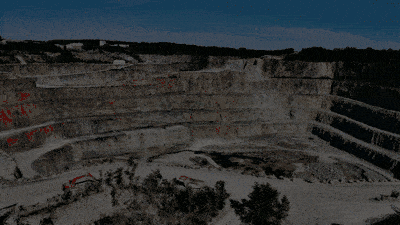With mining seeing a more sustained improvement in many Southern African Development
Community (SADC) countries, fortune will favour those miners and supply partners with experience on the ground.
It has been an encouraging few months for mining in the region. While the annual growth figures for March and April this year were expected – as they were off a low base from the Covid-19 lockdowns last year – the positive trend has continued from June. Strong commodities include iron ore, platinum group metals, gold, manganese, copper and cobalt, benefiting the economies especially of South Africa and Zambia. Potentially good prospects for diamonds, uranium and coal also make for some optimism in countries like Botswana, Namibia and Angola. In the longer term, there is a hopeful outlook for platinum and other minerals in Zimbabwe.
The key to mining success in the region, however, lies not with commodity prices; these will always be cyclical and unpredictable. It resides really in the institutionalised knowledge of the companies that operate here, and their understanding of how to respond constructively to the prevailing conditions and future trends.
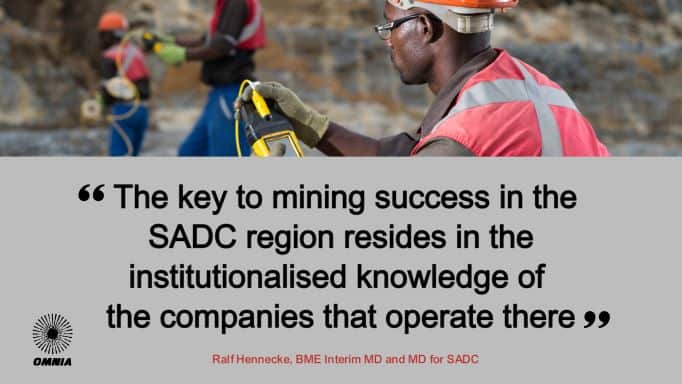
Among these considerations are evolving regulations on local business participation and a
heightened concern with safety and environmental impact. Responsible mining companies have
embraced these principles, and it has long been standard procedure for service providers to align
with the stringent expectation of zero-harm.
As the mining sector strives towards shared value, practical empowerment measures call for more
proactive partnerships with in-country entities. Those industry players with a long heritage in SADC can draw more readily on their business networks to implement this vision. They will also see the value in preparing in advance to meet localisation imperatives. While some countries in the region have well-developed regulatory frameworks on this score, others are yet to implement their plans. It will be vital to be well-informed of future demands on business, and to plan decisively.
These in-country partnerships also imply investment in local infrastructure and skills transfer, to
build capacity in the local supply chains upon which mines are built. A firm understanding of
compliance requirements goes hand-in-hand with building a secure value chain that delivers fit-for-purpose solutions. Only if a mine can rely on receiving the inputs it needs, can it generate a secure future for itself and its host communities.
In line with global trends, mining in southern Africa is seeing the active acceptance of environmental and commercial sustainability as two sides of the same coin. It is also a direction driven strongly by technological innovation. As the sector pursues the goal of smart mining operations, so the region’s miners are applying digital tools to streamline activities, raise efficiencies and reduce carbon emissions.
We are seeing this first-hand in the blasting sector, where the use of software, electronic detonators and other digital tools are constantly fine-tuning both the quality of blasting and the productive impact on the way mines work. By ensuring better fragmentation, for instance, energy use is optimised in downstream functions like loading and comminution – leading to less power
consumption and a lighter carbon footprint.
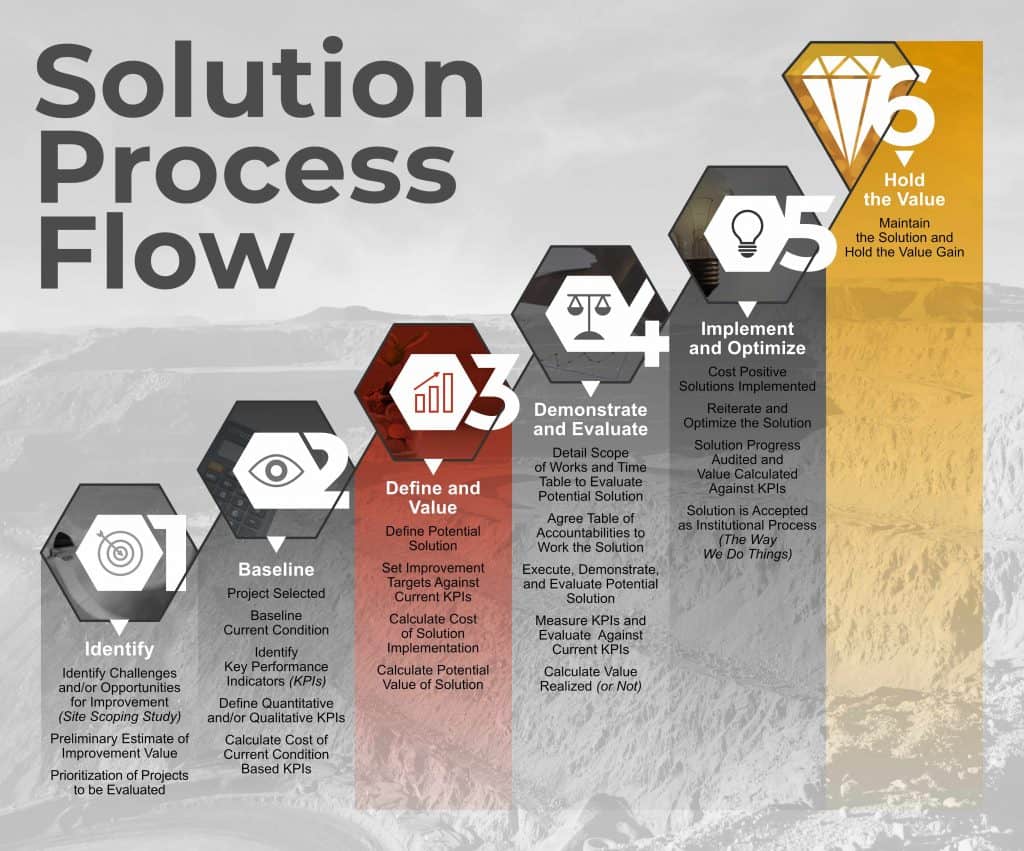
Few of these innovations can be achieved, however, without decades of experience in the field,
where mines and technology providers can develop and apply their technical insights. Nowhere is this currently more telling than in the field of data generation, gathering and analysis. As mines look to leverage real-time information from every machine and function on their sites, so technology must be developed to interrogate data for better and quicker decision-making.
Not only must this data be intelligible and useful, it must also be integrated into the mine’s chosen platforms. This has required suppliers of services, equipment and materials to develop a depth of expertise in the digital space so that – whatever their core offering to mines – it can be tracked, measured and assessed through the mine’s dashboard.
Beyond the operational efficacy of such systems, mines and their partners must also be aware of
how best to ensure the security of this data – and comply with evolving local regulations governing data protection. Once considered a niche field for technology specialists, data management is increasingly becoming core to every sector including mining.
The mineral opportunities of the SADC region remain exciting to all of those involved. It is the task of the mining sector to realise those prospects in the most responsible and sustainable way – sharing the value with a broad base of stakeholders. Those with local experience and expertise are best placed to do this.
Sidebar
Article by: Ralf Hennecke, BME Interim MD and MD for SADC

BME Interim MD and MD for SADC
Ralf Hennecke, BME’s Managing Director SADC, is a mining engineer with years of production experience in the mines of South Africa’s erstwhile mining houses Rand Mines and JCI. He joined the Omnia Group in 1995 with a key technical role in explosives and has been a member of BME’s Executive Committee since 2001. He earned a Master of Business Administration (MBA) degree in 2005.
Ralf held the role of General Manager: Customer Commercial and Marketing between 2015 and 2019, when he took on the position of General Manager: Marketing and Technology. He leads a range of functions within BME, including Global Blasting Science, Global Underground Business, Global Product Management, and Global Marketing and Branding.
He also heads up the company’s activities in Global Software Development and Technology, and Global AXXIS Electronic Development and Marketing. Ralf plays a role in [P1] [MF2] Global Corporate Development and Strategy as well as Commercial Delegation of Authority and is a Director of a number of BME’s African business entities.



